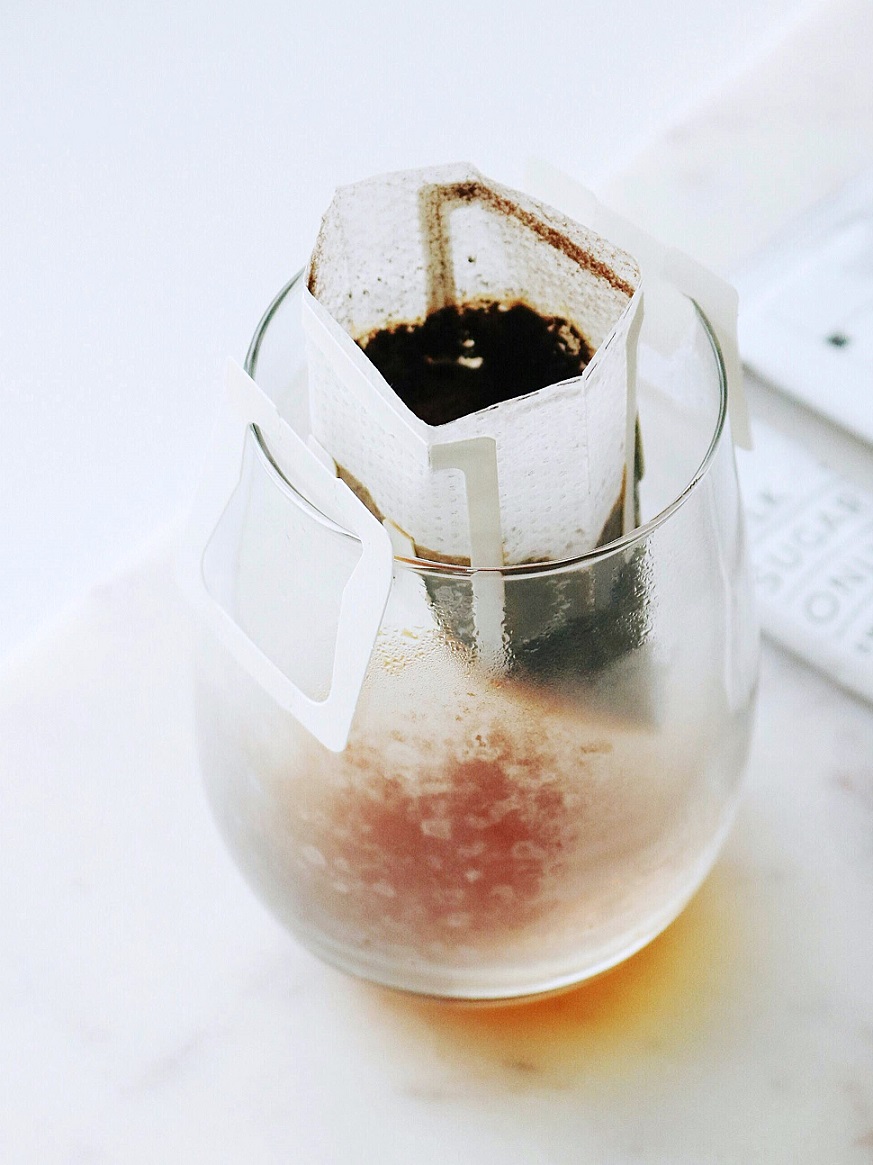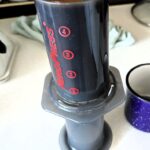Last Updated on April 21, 2025 by Karen
Learn how to make a quick and easy cup of coffee in the microwave using ground coffee. Follow simple steps for brewing, filtering, and enjoying a delicious, hot cup of coffee in minutes—perfect for busy mornings!

Coffee lovers often turn to their espresso machine or traditional coffee maker to brew the perfect cup of coffee, but what if you’re in a hurry or don’t have those appliances on hand? Fortunately, you can make a delicious cup of coffee in a microwave using just a few basic ingredients. Whether you’re rushing through busy mornings or simply want to try something new, this microwave coffee method is a simple way to get your caffeine fix.
In this guide, we’ll walk you through the easy steps to make coffee in a microwave using ground coffee. You’ll learn how to get the best flavor and how to avoid lukewarm or bitter coffee. Let’s get started!
Why Make Coffee in a Microwave?
For coffee enthusiasts, the taste of the coffee is everything, and although using a microwave may seem unconventional, it can still produce a delicious cup of coffee with the right approach. Whether you’re at home, at work, or just in the mood for a quick caffeine fix, microwave coffee can be a great option for single servings. The best part? It’s super fast, and it’s an easy way to make your morning cup of joe without a coffee pot or espresso maker.
What You Need to Make Coffee in a Microwave
Before you start, you’ll need the following basic ingredients and equipment:
Coffee grounds (not instant coffee)
Fresh water (filtered water is the best option for the best flavor)
Microwave-safe mug
A spoon for stirring
A paper towel or lid for covering the mug (optional)
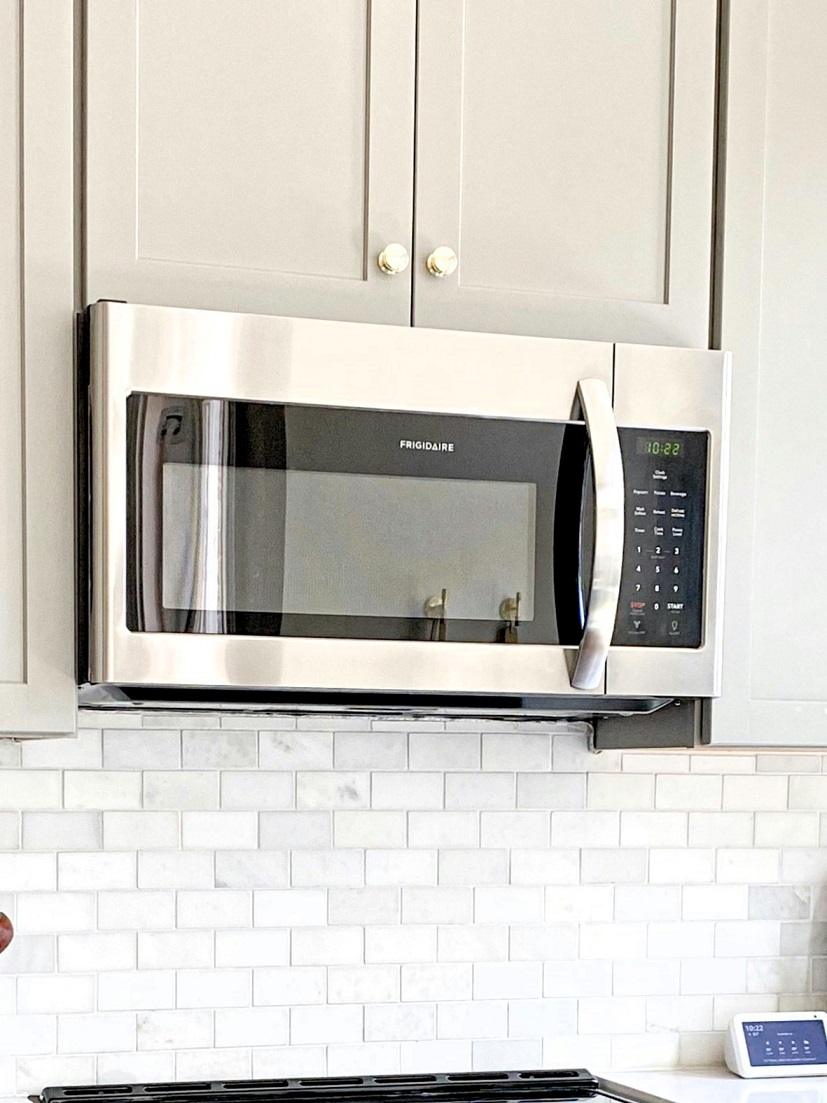
Step-by-Step Guide to Making Coffee in a Microwave
Making microwaved coffee is as easy as following a few simple steps. Here’s how you can make your morning coffee in just a few minutes:
1. Measure Your Coffee Grounds
For a perfect microwaved coffee, start by measuring out the right amount of coffee grounds. Generally, a good ratio is about 1-2 tablespoons of ground coffee per 6 ounces of water. You can adjust the amount depending on how strong you like your coffee. Dark roast coffee grounds work well for a bolder flavor, while a lighter roast might offer a fresher cup of coffee.
2. Add Water to the Mug
Next, pour fresh water into your microwave-safe mug. Use filtered water for the best results, as tap water can sometimes affect the taste of the coffee. Fill the mug to about 6 ounces for each serving of coffee. If you’re making single servings, this will ensure you’re getting the right ratio of grounds to water.
3. Microwave the Water
Place your mug of water in the microwave and heat it until it reaches the boiling point—this usually takes about 2-3 minutes, depending on your microwave’s power level. Keep an eye on the water to avoid superheated water, which could overflow when you add the coffee. Be sure to watch the microwave oven carefully, especially if it’s your first time trying this method.
4. Add Coffee Grounds to the Water
Once the water is hot but not yet boiling, remove the mug from the microwave. Stir in your coffee grounds. At this point, you can let it steep for about 1-2 minutes, similar to how you would brew coffee in a French press or using traditional methods. For a stronger coffee, let it steep a bit longer.
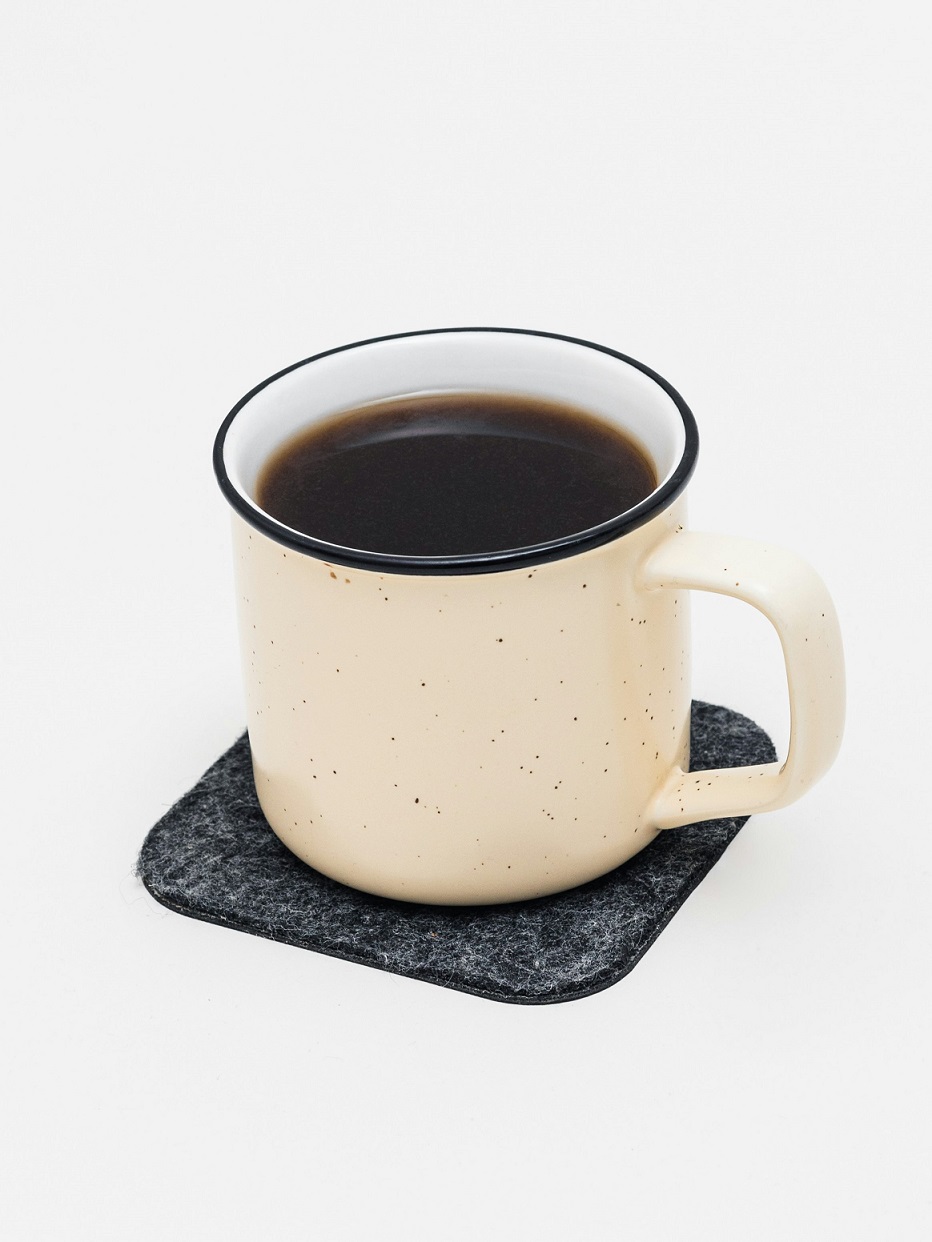
5. Stir and Let It Sit
Give the coffee a good stir to mix the grounds with the hot water. Then, let it sit for a minute or two to allow the flavors to blend. This helps to avoid any uneven heating and ensures you get a more balanced delicious cup of coffee. If you prefer a creamy foam on your coffee, this is the time to add a splash of milk or cream before stirring.
6. Filter Out the Coffee Grounds
Now that your coffee is brewed, it’s time to remove the coffee grounds. Since you’re using the microwave, you don’t have a traditional filter system like a coffee maker or espresso machine. But don’t worry—there are several simple ways to filter the grounds out of your coffee and leave you with a smooth, flavorful brew. I’ve shared some easy methods below.
7. Enjoy Your Coffee!
Now you’re ready to enjoy your hot cup of coffee. Whether you like it black or with a little sugar and milk, your microwave coffee should be hot and flavorful, ready to kick-start your day.
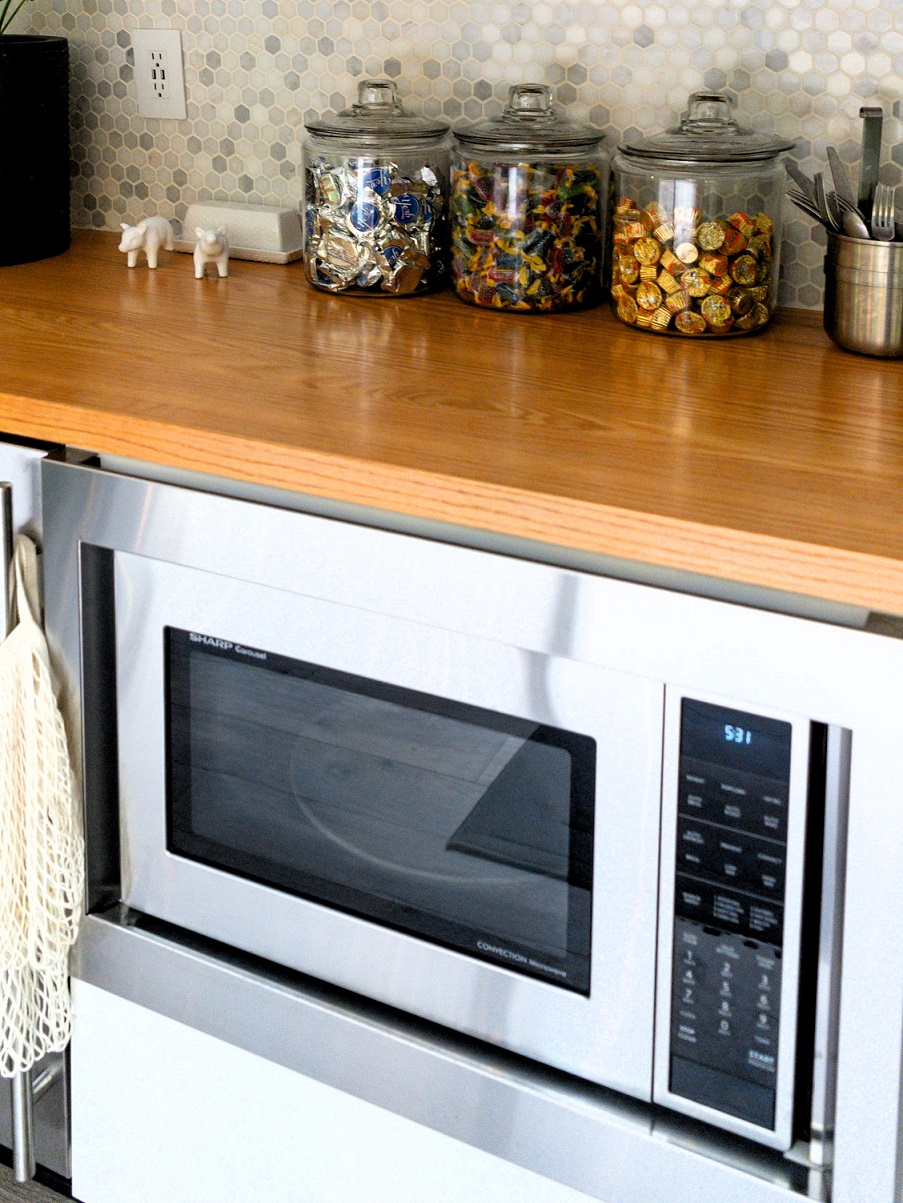
What Are Some Ways to Filter Out Coffee Ground When Making Coffee in a Microwave?
Once your microwaved coffee is brewed, the next step is to filter out the coffee grounds. Since we’re making coffee in a microwave, you don’t have the luxury of a traditional coffee maker or espresso machine to automatically filter the grounds for you. But don’t worry, with a few simple methods, you can easily strain out the grounds for a smooth, delicious cup of coffee.
Here are a few ways to filter out those pesky grounds:
1. Using a Fine Mesh Strainer
One of the simplest and most effective methods to filter out coffee grounds is using a fine mesh strainer. If you have a strainer that’s small enough to fit into your microwave-safe mug, this will work well. Here’s how: after microwaving the water and adding your coffee grounds, let the coffee steep for a couple of minutes. Hold the fine mesh strainer over a separate cup or mug. Pour the coffee from the original mug through the strainer into your new mug. The fine mesh will catch most of the coffee grounds, leaving you with a smooth cup of coffee.
This method is quick, doesn’t require any extra equipment beyond a strainer, and works well for most types of ground coffee.
If the mesh of your strainer is too coarse, some coffee grounds might slip through. A very fine mesh is best.
2. Using Coffee Filter Paper (Melitta-Style)
For a smoother and more refined cup, you can use coffee filter paper (like the kind used in Melitta-style cone filters) to catch any remaining grounds. This method is often used by coffee enthusiasts who prefer a cleaner brew. You’ll need either a coffee filter cone or a makeshift filter setup. Here’s how: After microwaving your water and adding the coffee grounds, let it steep for a minute or two to extract the flavor. Grab a coffee filter and place it over the rim of another clean microwave-safe mug. You can use a regular cone filter if you have a Melitta-style filter holder. If you don’t have one, you can fold a coffee filter into a makeshift cone or create a simple filter holder by folding a paper towel into the shape of a filter. Pour your brewed coffee through the filter slowly. The filter will catch all the coffee grounds, allowing only the smooth brewed coffee to pass through.
Using a coffee filter will provide a cleaner, smoother cup of coffee, and it’s a great way to filter out all the fine coffee grounds that might slip through a strainer. You need the proper equipment (a filter cone or a makeshift setup) and a bit more time for the water to pass through the filter.
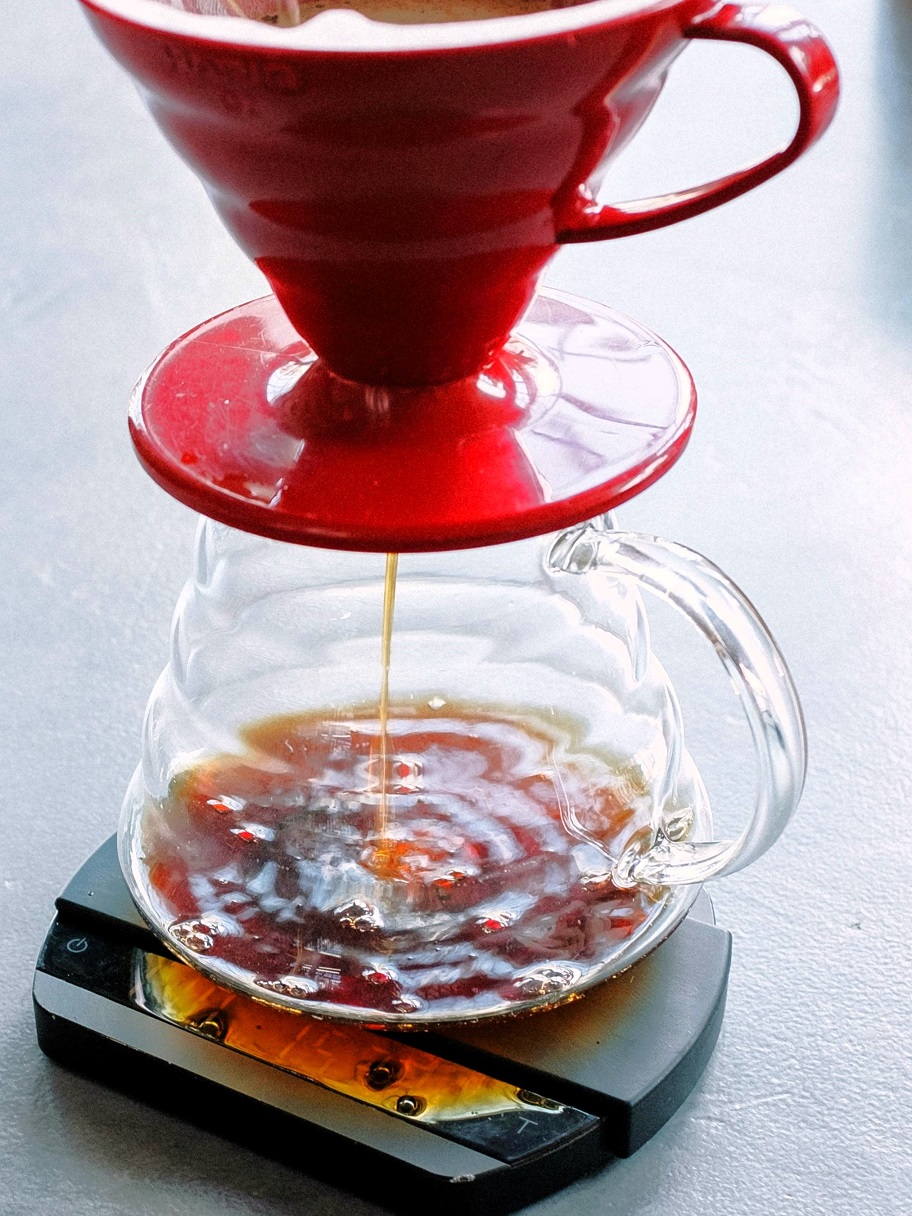
3. Using a Paper Towel as a Makeshift Filter
If you don’t have a coffee filter or a fine mesh strainer, a paper towel can work in a pinch. It may not be as ideal as a traditional coffee filter, but it can still do the job for straining the grounds. After steeping the coffee grounds in hot water, take a paper towel and line the inside of a small colander, strainer, or the top of a clean mug. Pour your brewed coffee through the paper towel. The towel will filter out most of the coffee grounds, leaving you with a cleaner brew.
This is a very accessible method if you’re in a pinch and don’t have traditional coffee filters.
Paper towels can tear if they get too wet, so you’ll need to be careful when handling them. Also, the coffee grounds may not be filtered as finely as with a regular coffee filter.
4. Using a French Press (If Available)
If you have a French press, this is a great way to filter out coffee grounds after microwaving your coffee. A French press is designed to extract coffee grounds and leave you with a smooth, rich brew. While this method isn’t as quick as the microwave method, it’s an excellent option if you already have one at home.
Once the coffee is brewed in the microwave, pour the coffee into the French press. Let the coffee steep for another minute or so to ensure maximum flavor extraction. Press the plunger slowly to separate the coffee grounds from the brewed coffee.
The French press gives you the cleanest cup of coffee with full flavor and no grounds. It does require additional equipment and is slightly more time-consuming than other methods.
5. Melitta Pour-Over Coffee Filter
If you have a Melitta pour-over filter, this is another excellent way to filter your microwaved coffee. These filters are specifically designed to allow for a slow, consistent flow of coffee, which results in a smoother taste.
Place a Melitta-style filter on top of a clean mug or cup. Slowly pour your brewed coffee through the filter. The filter will catch all the coffee grounds while allowing the smooth coffee to flow through.
The Melitta pour-over method is a classic way to make clean, smooth coffee and is ideal for people who prefer the precision of a pour-over but want to make it in the microwave. Like the traditional pour-over method, this requires some extra time and equipment.
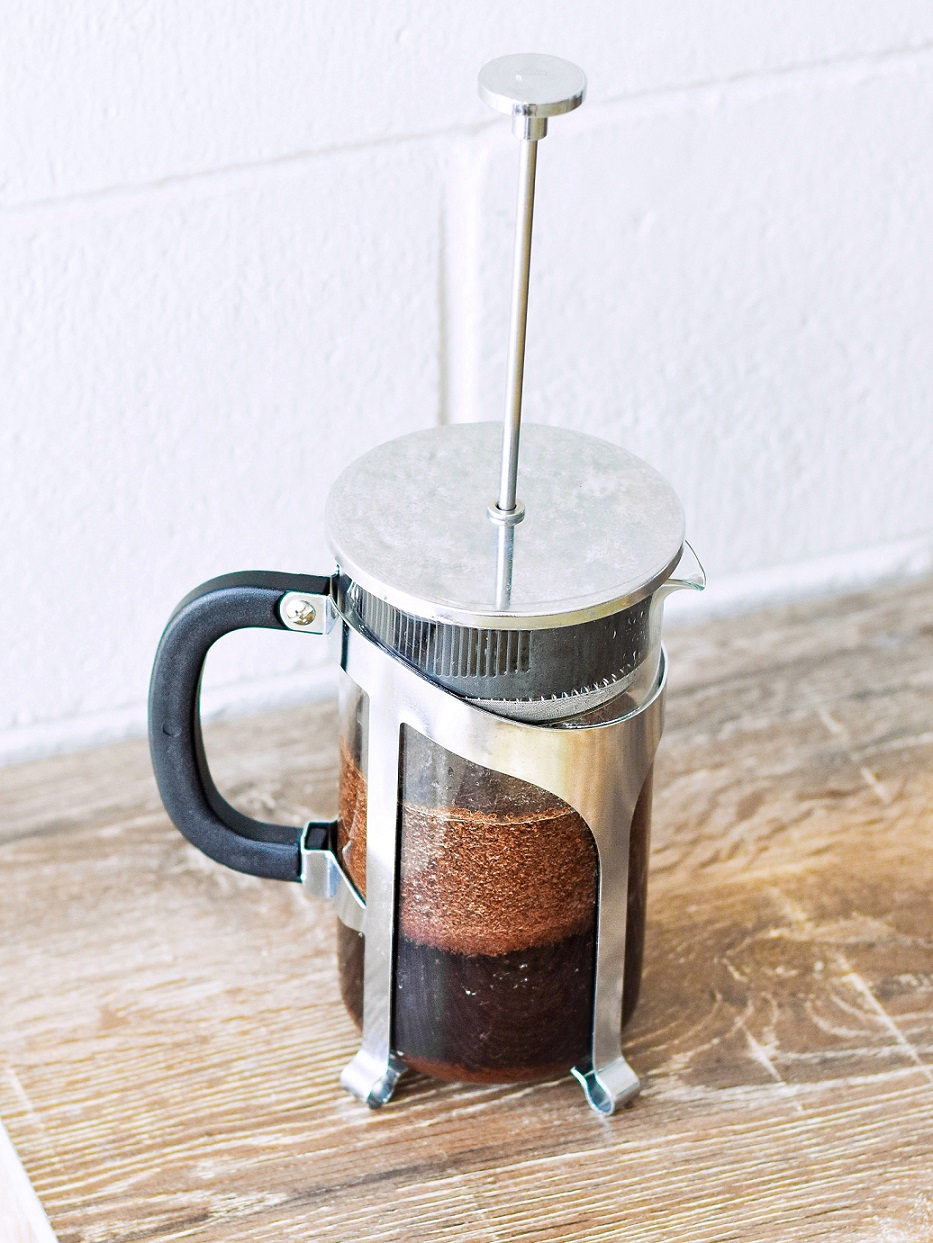
Tips for the Best Microwave Coffee
Fresh Water: Always use fresh water when microwaving, as it improves the taste of the coffee. Cold water works better than water that’s been sitting in the microwave for a while.
Coffee Beans Matter: The coffee bean you choose is just as important when microwaving as it is when using an espresso machine or traditional coffee maker. For the best flavor, opt for freshly ground coffee.
Avoid Lukewarm Coffee: If your coffee comes out lukewarm, simply pop it back in the microwave for another 20-30 seconds. Be careful not to overheat, as microwaved water can easily become too hot.
Use a Microwave-Safe Mug: Ensure you’re using a microwave-safe mug to avoid any accidents.
Stir for Good Shakes: Stirring well ensures that your coffee grounds are fully mixed into the water for even extraction.
Pros and Cons of Microwave Coffee
Pros:
Quick and easy: Perfect for busy mornings when you don’t have time to brew coffee in a traditional coffee maker.
Single servings: Ideal for making a morning cup of joe for one.
No special equipment needed: If you don’t have an espresso maker, coffee pot, or French press, the microwave is a great substitute.
Cons:
More bitter taste: Microwaving water can sometimes lead to more bitter taste than brewing with a traditional coffee maker, especially if the water is too hot.
Uneven heating: Some microwaves may heat unevenly, resulting in lukewarm coffee or unevenly brewed coffee.
Alternatives to Microwave Coffee
If you find that microwave coffee doesn’t quite meet your expectations, here are some alternatives to try:
Instant coffee: For even quicker coffee, instant coffee is an excellent choice, though it may lack the richness of freshly brewed coffee.
French press: A French press can give you a delicious cup of coffee with a fresh cup of coffee flavor.
Espresso machine: If you’re a true coffee lover, an espresso machine or a coffee pot is the best option for making quality coffee every time.

Microwave coffee is a simple and quick solution for those busy mornings when you need a caffeine fix but don’t have time for traditional brewing methods. With just a microwave-safe mug, coffee grounds, and some fresh water, you can brew yourself a hot cup of coffee in no time. While it might not replace the experience of a local coffee shop or the richness of an espresso maker, it’s an easy way to get your morning coffee without much effort.
Next time you’re in a rush, remember these simple steps and enjoy a perfect cup of microwaved coffee. If you’ve tried this method, don’t forget to share it on TikTok – make a video and let other coffee lovers know about your new favorite brewing technique!

